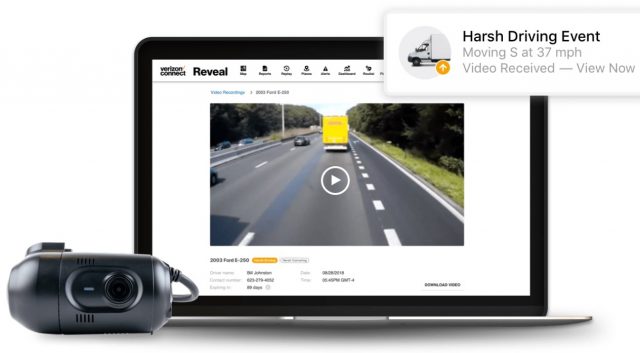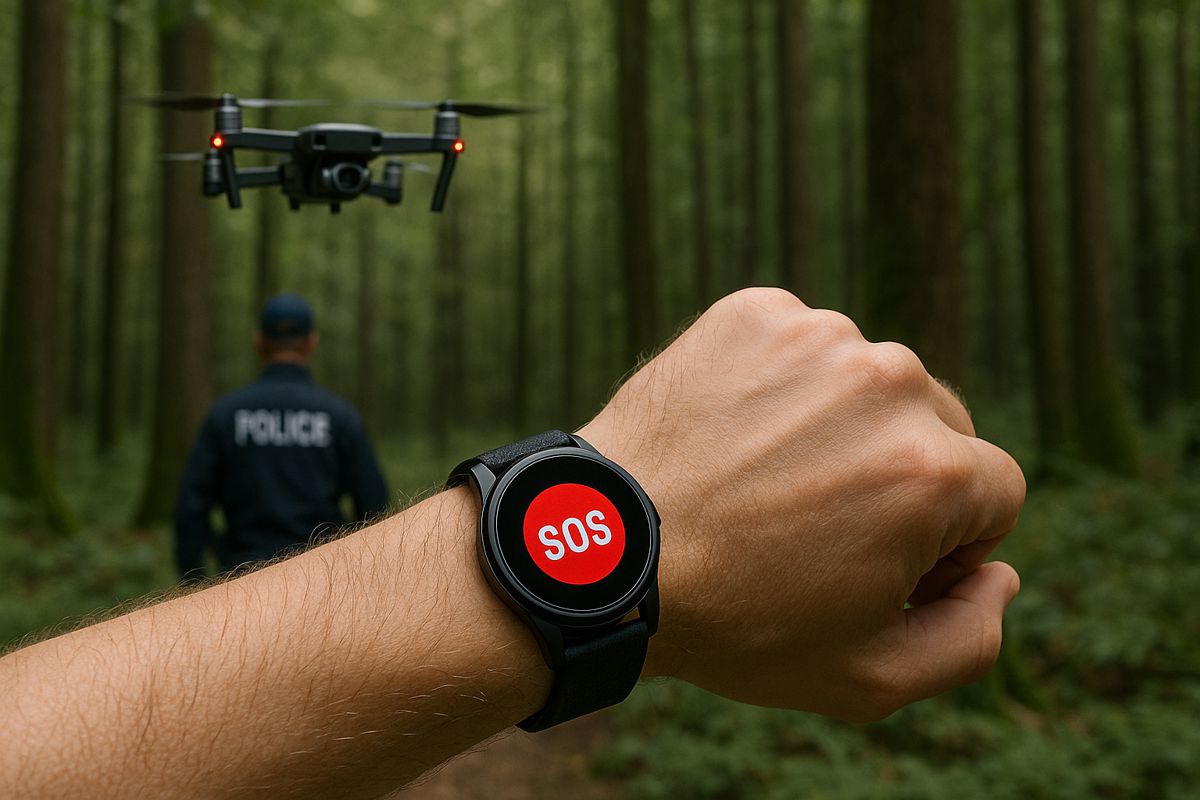Artificial Intelligence keeping an eye on road safety will give fleet managers a helping hand
The use of dash cam technology is on the rise, and for good reason. Last year, Scotland Yard revealed the extent to which its use has increased for the investigation of road incidents, with an average of 640 pieces of dash cam footage uploaded to its online portal each month.
For fleet-based businesses, dash cam technology can be instrumental in reducing impact of a road traffic incident on the bottom line. Survey data from Verizon Connect shows that small to medium-sized fleet operated businesses in the UK already spend £6,000 on average on repairs each year due to traffic accidents, making the ability to submit accurate insurance claims a financial imperative.
While dash cams have improved in quality over the last few years – improving video quality with higher resolution lenses or live streaming via 4G – the recent development of AI integration stands to transform their functionality, with specific benefits for fleet-based businesses.
Bridging the gap between analysing video and taking action
According to official figures from the Department of Transport, LCVs alone travelled more than 60 billion miles in the UK last year. Many businesses own or run vehicles that spend large amounts of time on the road, and as a result have to wade through hours of footage when an incident occurs to access the necessary data. To exacerbate this issue, the time elapsed between a vehicle becoming unroadworthy due to an accident and a claim being compiled can have an impact on meeting SLAs and ultimately, the business’ bottom line.
As in its many different applications, AI helps close this gap between data collection, analysis and insight. AI-integrated dash cam solutions can automatically classify driving events by severity and reduce the data analysis burden on fleet managers by alerting them to events that require immediate attention. They do this by reviewing footage and matching it with captured data indicating abnormal driving behaviours – such as harsh braking, hard cornering or rapid acceleration – as soon as an event occurs.
Furthermore, the integrated AI technology means only relevant and important video will be shown, which saves wasted time spent trawling through hours of video footage. This also allows fleet managers to gain all the necessary context behind specific driving events in the field, take corrective action in response, and reduce the time they spend manually reviewing footage. With machine learning technology, it is possible to integrate the two to help businesses improve driver behaviour and protect their bottom line.
Research shows that almost half (46%) of fleet managers already use digital tachograph technology to automatically flag potentially dangerous driver behaviour, such as speeding, hard braking/cornering or working through mandatory rest breaks. While these solutions provide fleet managers with visibility over how vehicles are being driven on the road, the integration of AI dash cam analysis provides them with the ability to see what is happening just as drivers do themselves.
The benefits of a smarter system of video analysis
More than just saving fleet managers hours of time, AI-powered video analysis technology can also provide numerous benefits to businesses that are looking to improve their bottom line.
- A system that is always learning: Unlike traditional technologies that may deteriorate due to wear, AI typically grows smarter the more it is used. Machine learning algorithms use the data collected to continuously improve their analysis and accuracy of assessments, adding to its usefulness over time.
- Protect your investment: One of the most valuable benefits of an AI-enabled, integrated video solution is that it helps businesses who employ drivers or mobile workers to protect their hard-earned reputations without increasing their workload. The use of video and telematics data to create a complete picture empowers fleets to protect vehicles, employees, and other drivers on the road, while enabling them to effectively address false liability claims.
- Reinforce trust and boost confidence: It’s common to hear objections about technology that collects data or tracks movement, but smart technology can actually increase trust in drivers within your organisation if implemented and messaged well. Suspicion can be exacerbated by lack of information, so providing staff with access to live demos – and having candid conversations with all employees to promote the benefits of video technology – represents a great opportunity to establish trust and cooperation from the outset.
- Use facts over assumption in coaching: Businesses using telematics already have a leg up on driver coaching, but video technology enhances coaching efforts by providing real context around areas for improvement. Use data about an event, such as speed and routes driven, with actual footage for customised and more effective driver coaching and safety programs.

Final thoughts
If your business relies on a mobile workforce, you likely understand the difficult of getting a complete sense of what drivers and vehicles are experiencing on the roads and gathering and analysing other data points and metrics to improve efficiency while reducing costs.
Your organisation should consider implementing technology that is intuitive and easily integrate with existing telematics and GPS systems, and can deliver tangible benefits from the moment it is deployed. Video solutions have come a long way, and innovations in hardware and analysis tools such as AI and machine learning mean there’s even more to learn before you sign that contract.




















